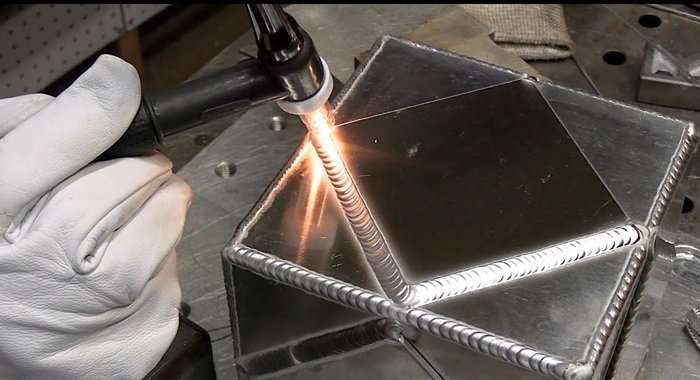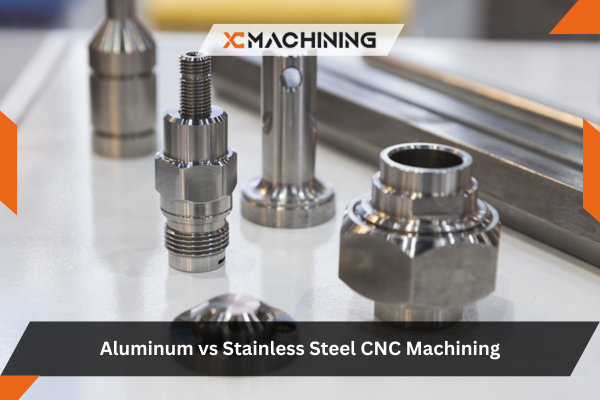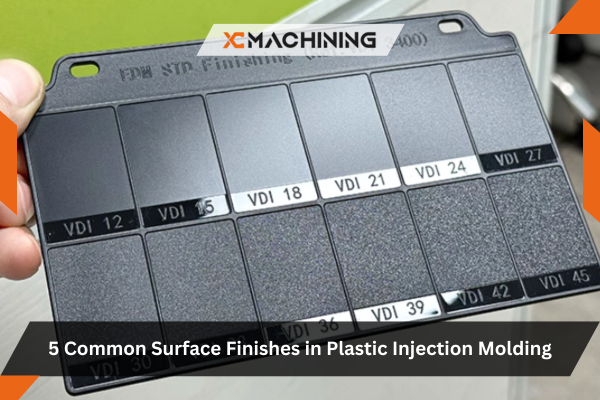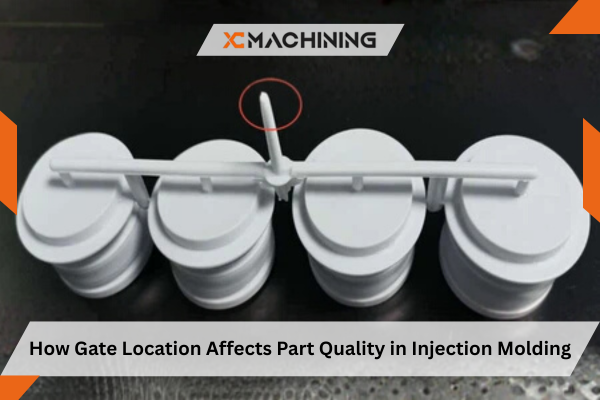Yes. ABS-M30 is significantly stronger and tougher than standard FDM ABS, offering up to 25–70% improvement depending on geometry. It is frequently used for low-volume production, industrial jigs, fixtures, and functional prototypes that must withstand real mechanical testing.









